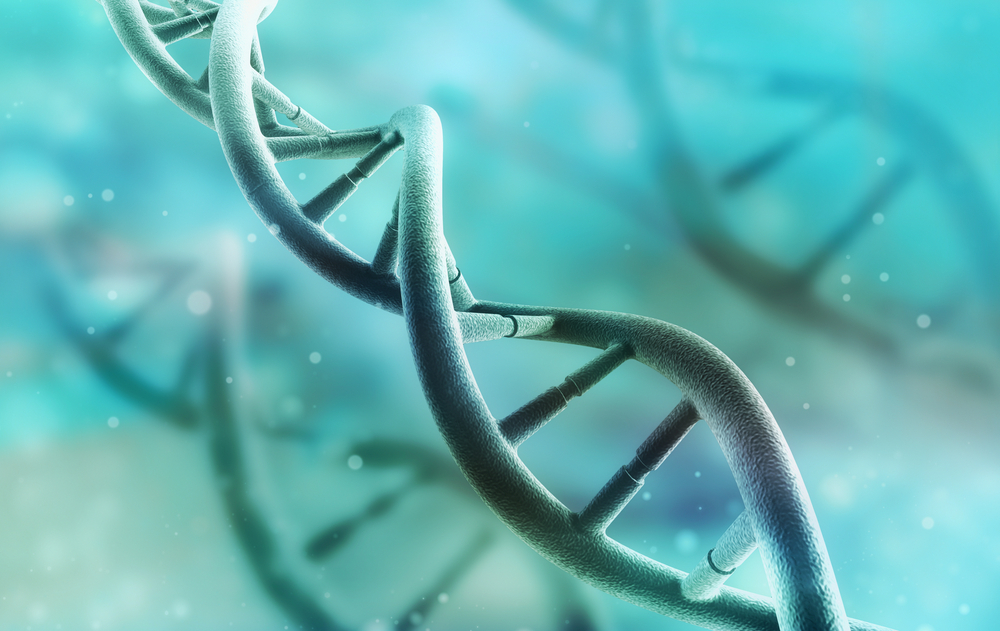Problems in RNA Processing Seen to Lead to Congenital Myotonic Dystrophy in Early Study

The molecular process that leads to congenital myotonic dystrophy (CMD) in infants and children was identified by researchers working with tissue samples and mice.
Their study, titled “Disrupted prenatal RNA processing and myogenesis in congenital myotonic dystrophy,” was published in the journal Genes and Development.
Genes code for various proteins that are necessary for life. RNA is an intermediary molecule that carries instructions from DNA sequences and leads to the production of proteins. In order to code for the correct protein, RNAs must undergo splicing and other modifications essential to the process of protein production.
RBPs (RNA-binding proteins) are involved in splicing, and their movement to the correct area of a cell is necessary for proper RNA processing. In fact, many diseases are a result of aberrant RNA sequences due to incorrect processing of RNA. Some RNAs are also directly involved in regulating the expression and processing of other RNAs.
Myotonic dystrophy I (DM1), an adult-onset disease, is due to the presence of specific RNAs — known as CUG RNAs — which regulate the activity of proteins that control RNA processing. Essentially, CUG RNAs stop certain proteins involved in the maturation of adult muscle tissue from functioning as they should.
Because DM1 and CDM are related disorders, researchers at the University of Florida hypothesized that CDM is also due to issues related to RNA processing. But as CDM develops before birth, the researchers wanted to examine if, and why, problems arose in RNA processing during the muscle development stage of the fetus.
Using infant muscle tissue from CDM patients, they in fact identified severe RNA misprocessing. Significant RNA misprocessing also is found in DM1 patients, but the degree of severity is greater in those with CDM. In particular, the researchers identified multiple examples of aberrant RNA processing, including one that affected the production of several proteins.
One particular protein that is associated with CDM, Muscleblind Like Splicing Regulator (MBNL), was seen to involved in fetal RNA misprocessing. So the researchers produced a mouse model of CDM by removing the MBNL protein from the mice. Through this model, they demonstrated that MBNL disruption during muscle development in a fetus leads to muscle disorders.
Results from this study highlight the potential origins of congenital myotonic dystrophy and suggest that targeting RNA processing can be the first step toward designing therapies that target this disease.
“The ultimate goal is to come up with ideas for treating children with this disease soon after birth to minimize the long-term effects of the disorder,” Swanson, PhD, a professor in the UF College of Medicine, said in a press release. “This provides us important new information about where we should go next and what kinds of therapeutics might be effective against this hereditary disease.”






